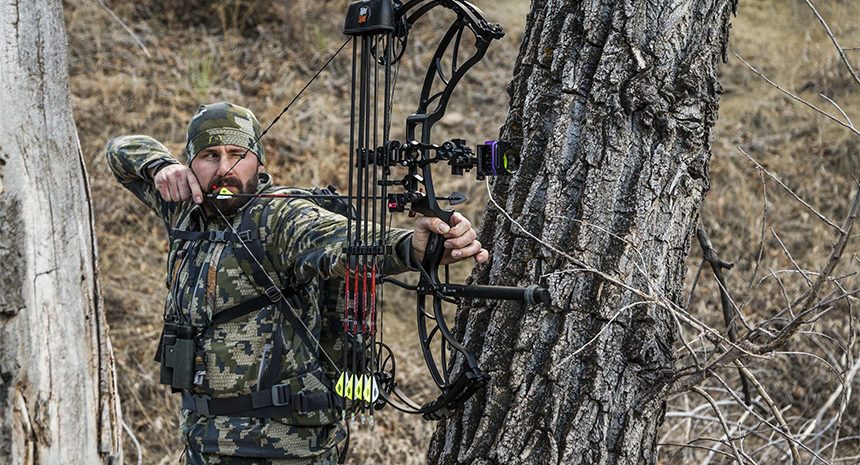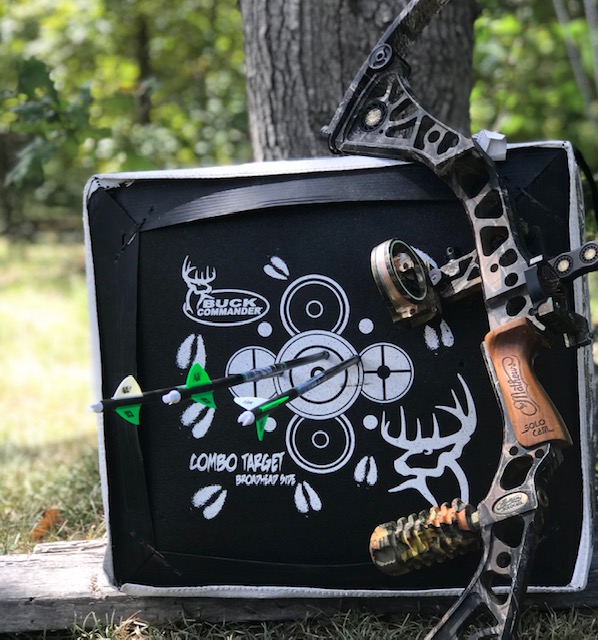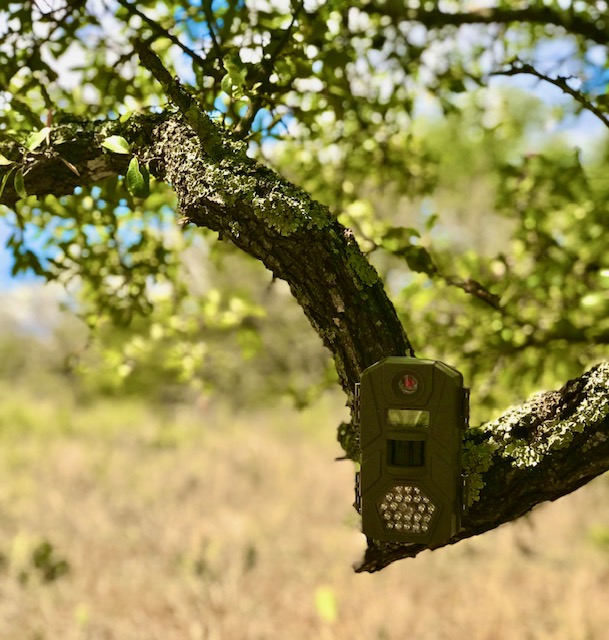Whitetail Deer Bowhunting Checklist
As September winds down and October approaches; hopefully, more-bearable temperatures have either arrived or are fast approaching your area. Why? Because ready or not, deer archery hunting season is here. And there are many off-season things to take care of from a whitetail hunting and preparation standpoint.
Ideally, we start to tackle these chores as soon as the season ends, but for many of us, it’s not always possible (or we drop the ball). So, in the spirit of last-minute preparation, make a last-ditch effort by performing these six things now through opening day. If your season just recently started, these activities will still go a long way toward success.
Note that for any of the activities involving trips to the field, careful attention to scent management is essential. Be vigilant about wind direction and use scent eliminators. Texas Raised Hunting Products’ Scent Guardian is a great choice.
Shoot – A LOT
It’s no secret that offseason shooting is crucial – especially for bowhunting. Whether you’ve been good or have slacked off, use every available opportunity to shoot your bow. At this late stage, being resolute is a must. Examine your bow and tackle to make sure they’re in good working order. Paying close attention to shooting form, let the arrows fly! Hit your local archery range or, if necessary, practice in your backyard. Further, simulate likely hunting conditions by accounting for variables such as distance, stance (sitting or standing), and clothing. Finally, it’s time to practice with broadheads, not field points.
Get Eyes in the Woods
Carefully, check your trail cameras, load new memory cards, and make sure the batteries are well charged. This is the best time of year to get a picture of area velvet bucks during daytime hours. If you haven’t gotten cameras out yet, hustle! Last-minute intel is still valuable. Be vigilant by carefully choosing your times in the field and employing scent control measures. Concentrate on food sources, mineral stations, and known travel corridors.
Organize, Catalog, and Document
Don’t just download your photos to your phone and show them to your friends; instead, organize them by date, time, and location. This will pay dividends in terms of patterning deer movement (hopefully particular hit-list bucks). Bachelor groups are common during this stage, and inventorying local bucks is advantageous. Whether you have a summer’s worth of footage or just a month, the information can be invaluable.
Boots on the Ground
Hey, it may be very late in the game, but get out there and cautiously check a for few basic things such as bedding areas and fresh trails. For free-range hunting grounds (especially small and moderate-sized ones), check property boundaries for common crossings and sign. There is nothing wrong with this practice and it can reveal much about shared deer populations. If your neighbors are smart, they’ll do the same thing. If not, it’s their loss. Take time to document these findings as well.
Deer Stand Placement/Maintenance
Review your blinds and treestands, checking all for necessary shooting lane, concealment, and entry/exit route adjustments. Also, take a few minutes to remove noise-making debris from ground blinds and pathways.
Get Out, Step Back, and Observe
As October approaches, continue to keep a record of summer patterns, but look for changes – Some of the deer will transition to their new fall patterns. It’s now time to step back and view your hunting areas from a much greater distance. This will provide additional information regarding deer movement and direction. Late-September observations often reveal the bucks likely to remain in your core hunting areas for the season. This is a great way to pattern a hit-list buck for early season hunts.
Have you put off any or all these practices? If so, get after it! It’s not too late. Those first bowhunting sessions are precious opportunities to harvest a good buck — best of luck.
Based in Texas, Jerald Kopp is President of 1st Light Hunting Journal. His articles cover a variety of topics about hunting and the outdoor lifestyle. Jerald is an avid outdoorsman with deer hunting and whitetails being by far his greatest passion. He was introduced to hunting and fishing at an early age and has been enjoying it for 40+ years. In 2005, he established the Empowerment Outfitter Network (EON) – a faith-based non-profit organization that provides hunting opportunities for disabled and terminally-ill children and youth. When not hunting, he spends his time traveling and enjoying life with Amy, his wife of over 30 years. Jerald and Amy have two adult daughters and a son-in-law.




